Cats are enigmatic creatures, often leaving us puzzled with their mysterious behaviors. Despite their independent nature, they are not immune to stress. Recognizing stress in your feline friend is crucial since it can affect their health and well-being. This article guides you through identifying signs of stress in cats and offers practical solutions to help them feel more comfortable and secure in their environment.
Understanding Cat Behavior: The Basics
Cats communicate primarily through body language, and understanding these signals is key to identifying stress. Unlike dogs, cats are subtle communicators; a flick of the tail or the position of their ears can speak volumes. Observing their daily routines and recognizing deviations can provide valuable insights. For example, a cat that suddenly hides more often or avoids interaction might be experiencing stress. Similarly, vocalizations can vary in tone and frequency, indicating discomfort or anxiety. Familiarizing yourself with these nuances will help you detect stress early on.
Changes in Appetite: A Red Flag
A cat’s eating habits can be a direct reflection of their emotional state. If your cat suddenly loses interest in food or overeats, it could be a sign of stress. Cats are creatures of habit, and any change in their routine, including meal times, can trigger anxiety. It’s essential to monitor their eating patterns and consult a veterinarian if changes persist. Sometimes, a simple change in their environment can help, such as providing a quiet space for meals. Ensuring their diet remains consistent and nutritious can also alleviate stress-related eating issues.
Excessive Grooming: More Than Just Vanity
While grooming is a natural behavior for cats, excessive grooming can be an indicator of stress. Cats may over-groom to the point of creating bald spots or skin irritation. This behavior is often a coping mechanism, akin to humans biting their nails when anxious. Stress-related grooming can be triggered by environmental changes, such as a new pet or moving to a new home. To help your cat, try to identify the stressor and eliminate it if possible. Providing alternative activities, like interactive toys or scratching posts, can also redirect their focus.
Increased Vocalization: A Cry for Help
Cats are known for their unique and varied vocalizations, but an increase in meowing or yowling can be a sign of stress. This is especially true if your cat is typically quiet. They may be trying to communicate discomfort, loneliness, or a need for attention. Pay attention to the context and frequency of these vocalizations. Engaging with your cat through play or simply spending more time with them can provide comfort and reduce stress-induced vocalization.
Changes in Litter Box Habits: A Stinky Situation
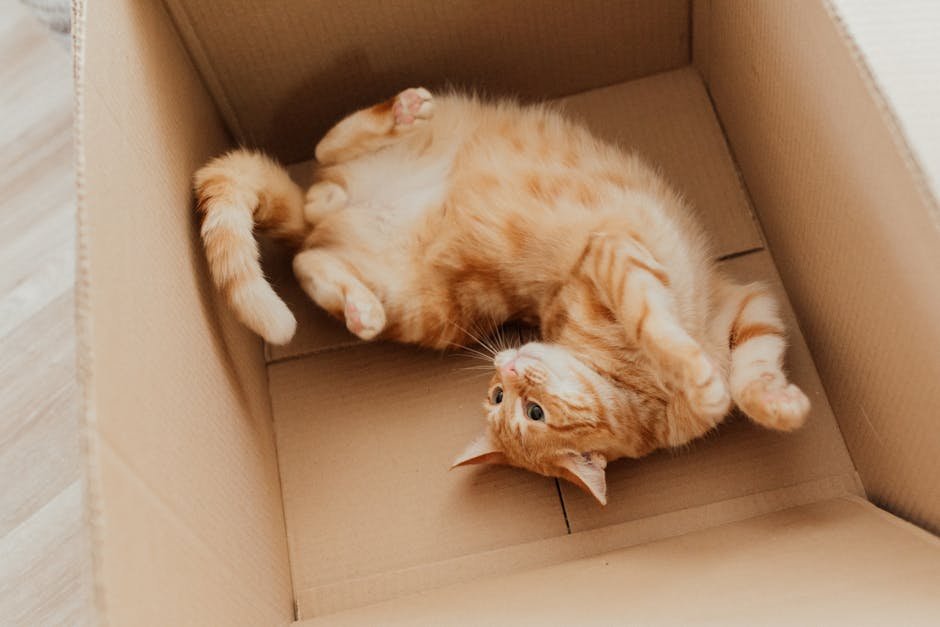
One of the most common signs of stress in cats is a change in litter box habits. If your cat starts urinating or defecating outside the box, it could be a response to stress. This behavior might be triggered by a dirty litter box, a new member in the household, or even a change in litter brand. Ensuring the litter box is clean, accessible, and placed in a quiet area can help. If the problem persists, consulting a veterinarian is advisable to rule out any medical issues.
Aggression: Not Just a Bad Mood
Stress can manifest as aggression in cats. This might include hissing, swatting, or biting, even towards familiar people or pets. Aggression can be a defensive response to perceived threats or changes in their environment. Identifying the cause of aggression is crucial; it could be a new pet, a strange smell, or even a change in routine. Providing a safe space and gradually reintroducing any changes can help ease aggression. Sometimes, pheromone diffusers or calming sprays can assist in creating a more relaxed atmosphere.
Hiding: Seeking Solace
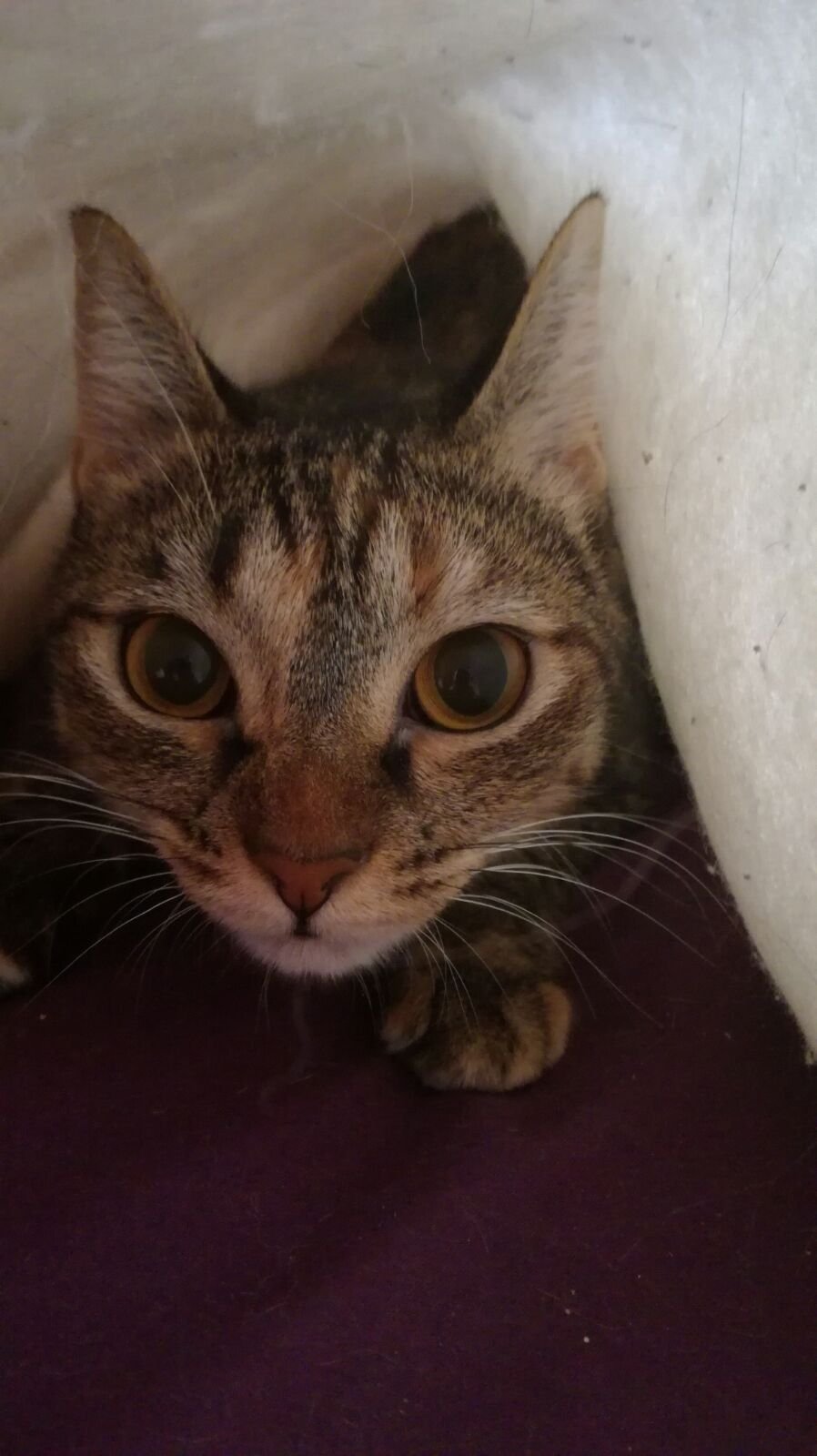
Cats often hide when they feel stressed or threatened. If your cat suddenly retreats to hidden spots more frequently, it might be time to assess their environment for potential stressors. This behavior is a natural instinct to seek safety, but prolonged hiding can indicate chronic stress. Offering safe, quiet areas where they can retreat when needed is essential. Encouraging interaction through play and positive reinforcement can help coax them out of hiding over time.
Body Language: Reading the Signs
A cat’s body language is a window into their emotional state. Flattened ears, a tucked tail, or dilated pupils can all be indicators of stress. Observing these subtle cues can help determine if your cat is feeling anxious. Each cat is unique, so becoming familiar with your cat’s specific body language is key. Providing a stable and predictable environment can help alleviate anxiety and promote feelings of safety.
Excessive Scratching: Clawing for Attention
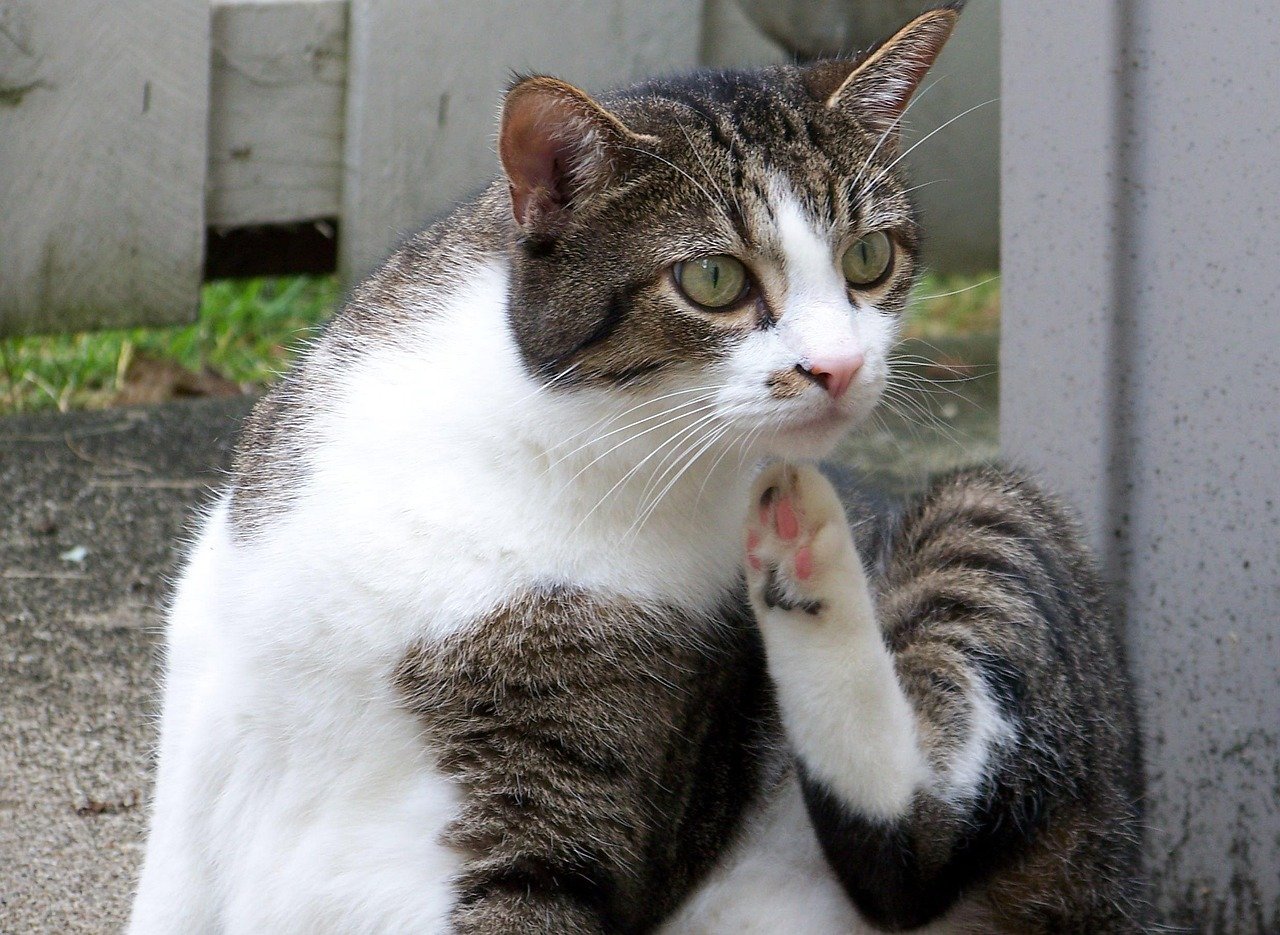
Scratching is a natural behavior for cats, but excessive scratching can indicate stress. This behavior might be an attempt to mark territory or alleviate anxiety. Providing appropriate outlets for scratching, like scratching posts or pads, can help. Ensuring these are placed in areas your cat frequents can encourage their use and prevent damage to furniture. Regular playtime and enrichment activities can also reduce stress-related scratching.
Isolation: A Sign of Distress

While cats are independent, excessive isolation can be a sign of stress. If your cat starts avoiding interaction with people or other pets, it might be time to evaluate their environment. Stressors like loud noises, unfamiliar visitors, or changes in their routine can trigger isolation. Creating a calm and consistent environment can help your cat feel more secure. Encouraging interaction through gentle play and positive reinforcement can also help draw them out of isolation.
Restlessness: Pacing and Unease
Restlessness in cats can manifest as pacing, inability to settle, or constant movement. This can be a sign of stress or anxiety. Identifying and addressing potential stressors in their environment is crucial. Providing a variety of engaging activities, like puzzle feeders or interactive toys, can help redirect their energy. Ensuring they have access to a comfortable and quiet resting area can also promote relaxation.
Sleep Patterns: Disrupted Rest
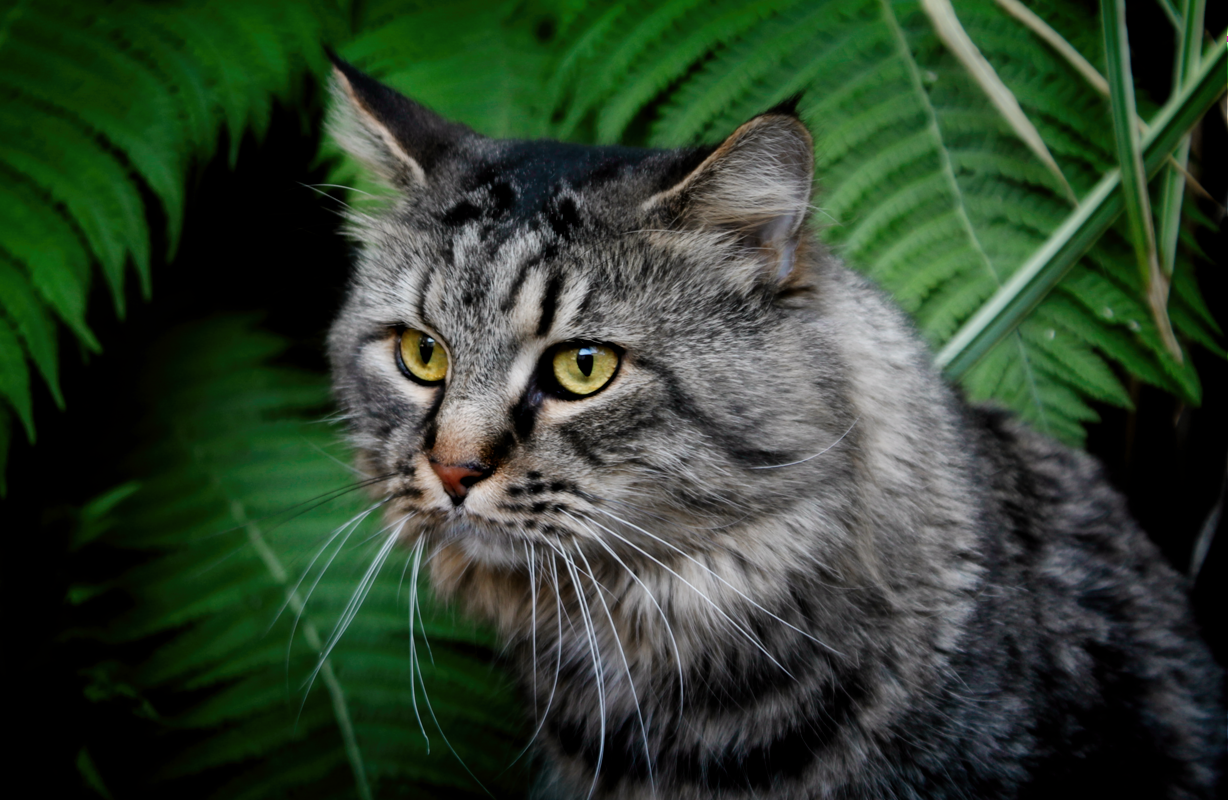
Changes in sleep patterns can be indicative of stress in cats. If your cat is sleeping more or less than usual, it might be time to assess their environment. Stress can cause cats to become hyper-vigilant, leading to disrupted sleep. Ensuring they have a comfortable, quiet place to sleep can help. Establishing a consistent routine and providing mental and physical stimulation during the day can promote better rest at night.
Weight Changes: A Subtle Sign
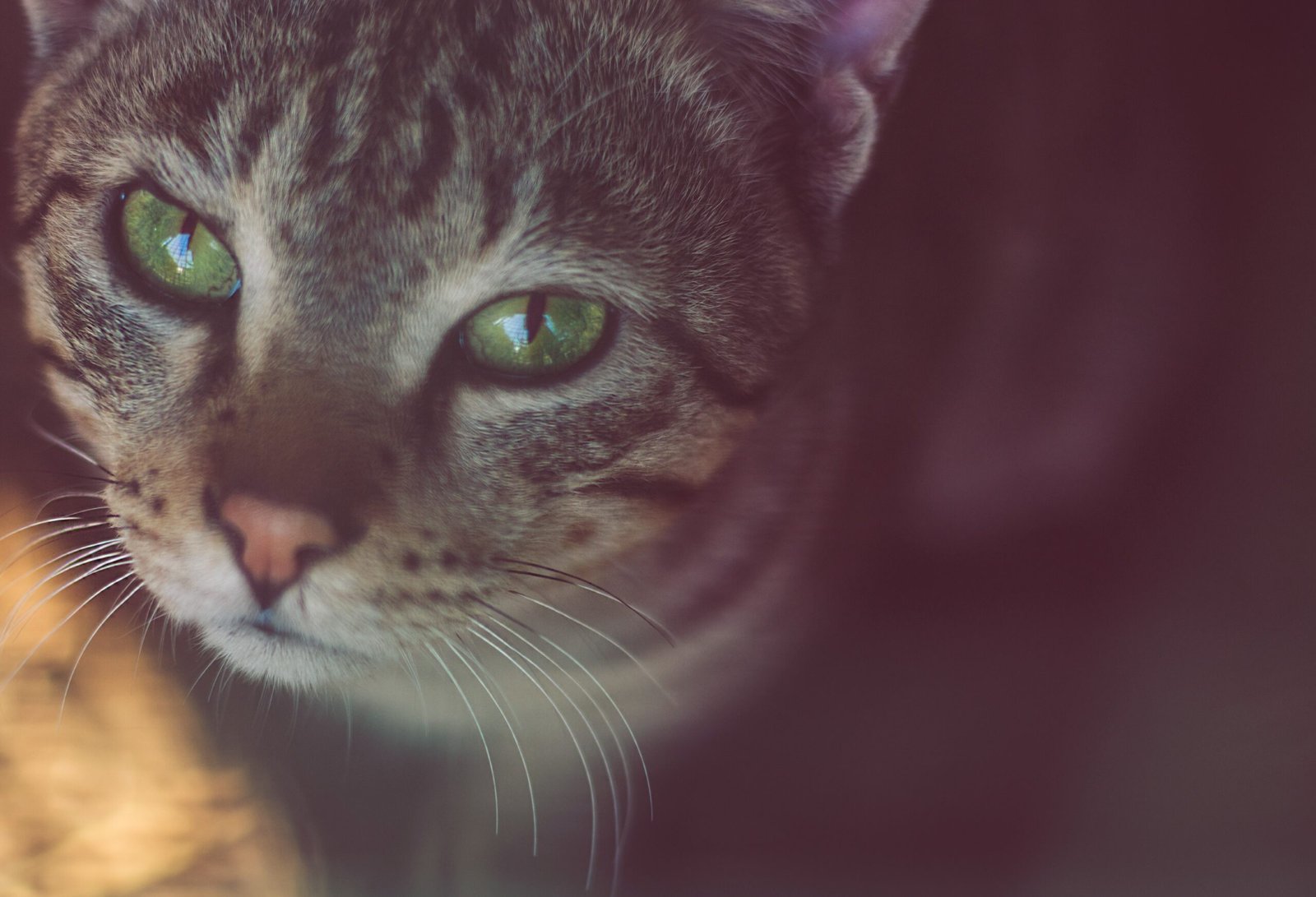
Sudden weight gain or loss can be a subtle sign of stress in cats. This might be related to changes in appetite or activity levels. Monitoring their weight and consulting a veterinarian if changes are significant is important. Providing a balanced diet and regular exercise can help maintain a healthy weight. Identifying and addressing stressors in their environment can also prevent stress-related weight changes.
Overgrooming: A Self-Soothing Mechanism
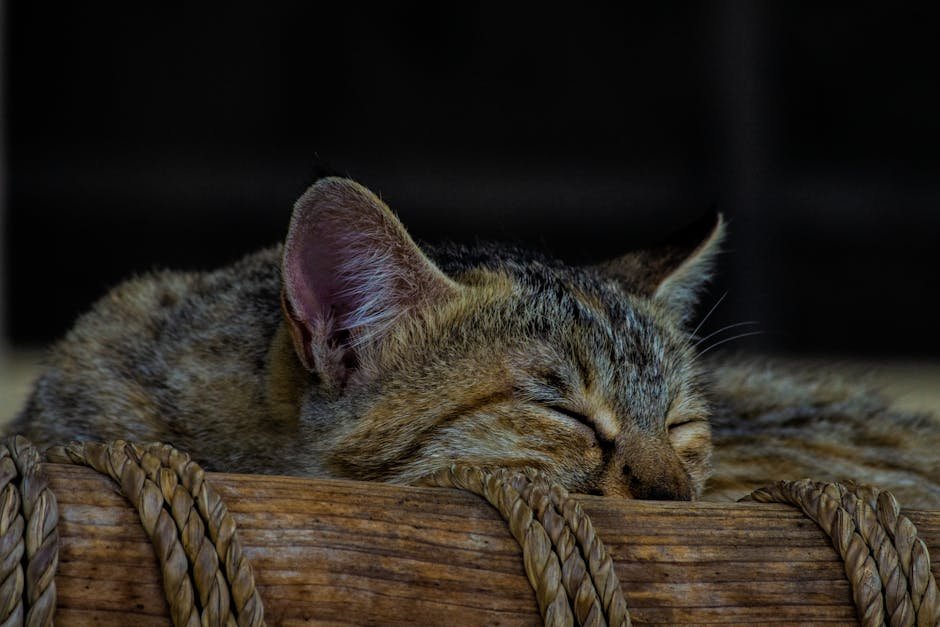
Overgrooming can be a self-soothing mechanism for stressed cats. This behavior can lead to hair loss or skin irritation. Identifying the cause of stress and addressing it is crucial. Providing alternative activities and ensuring your cat has plenty of mental and physical stimulation can help reduce overgrooming. Consulting a veterinarian if the behavior persists can help rule out medical issues.
Environmental Enrichment: Keeping Your Cat Engaged
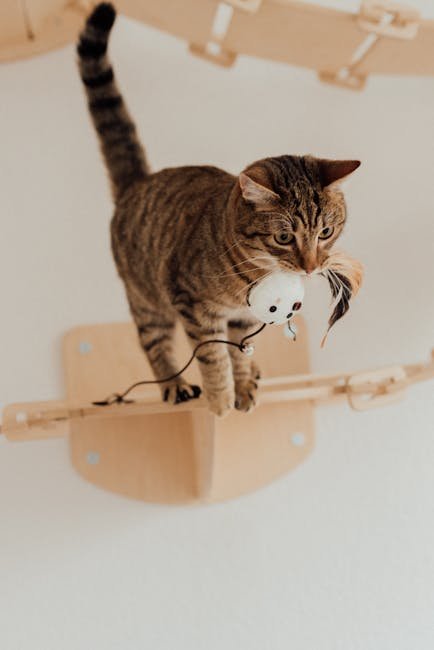
Providing environmental enrichment can help reduce stress in cats. This includes offering a variety of toys, scratching posts, and interactive activities. Enrichment can help keep your cat mentally and physically stimulated, reducing stress-related behaviors. Rotating toys and introducing new activities regularly can keep your cat engaged and prevent boredom. Providing vertical spaces, like cat trees or shelves, can also offer opportunities for exploration and relaxation.
Routine and Consistency: The Comfort of Familiarity
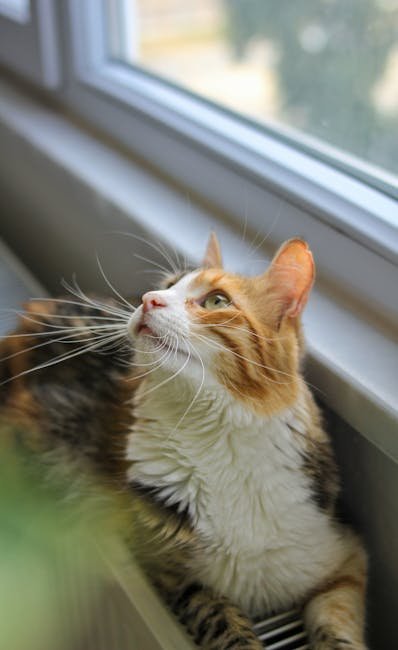
Cats thrive on routine and consistency. Changes in their daily schedule can cause stress and anxiety. Establishing a consistent routine for feeding, playtime, and rest can help your cat feel secure. Sudden changes should be introduced gradually to allow your cat to adjust. Providing a stable and predictable environment can promote feelings of safety and reduce stress.
Pheromone Therapy: Calming Scents
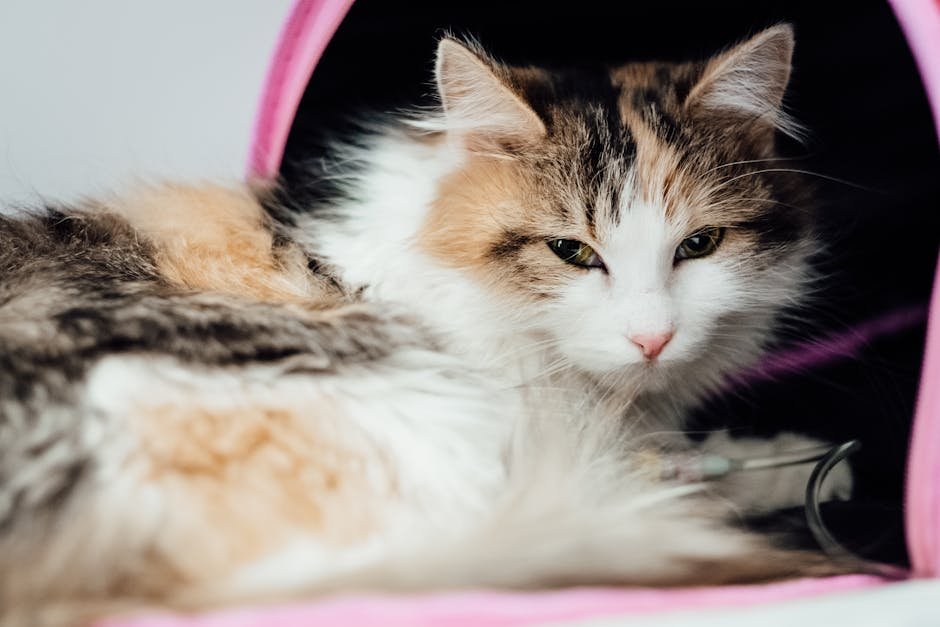
Pheromone therapy can be an effective way to reduce stress in cats. These products mimic natural calming scents, helping to create a more relaxed environment. Pheromone diffusers, sprays, or collars can be used to help alleviate stress-related behaviors. These products are especially useful during times of change, such as moving or introducing a new pet. Consulting a veterinarian can help determine the best pheromone therapy for your cat.
Veterinary Consultation: Seeking Professional Help
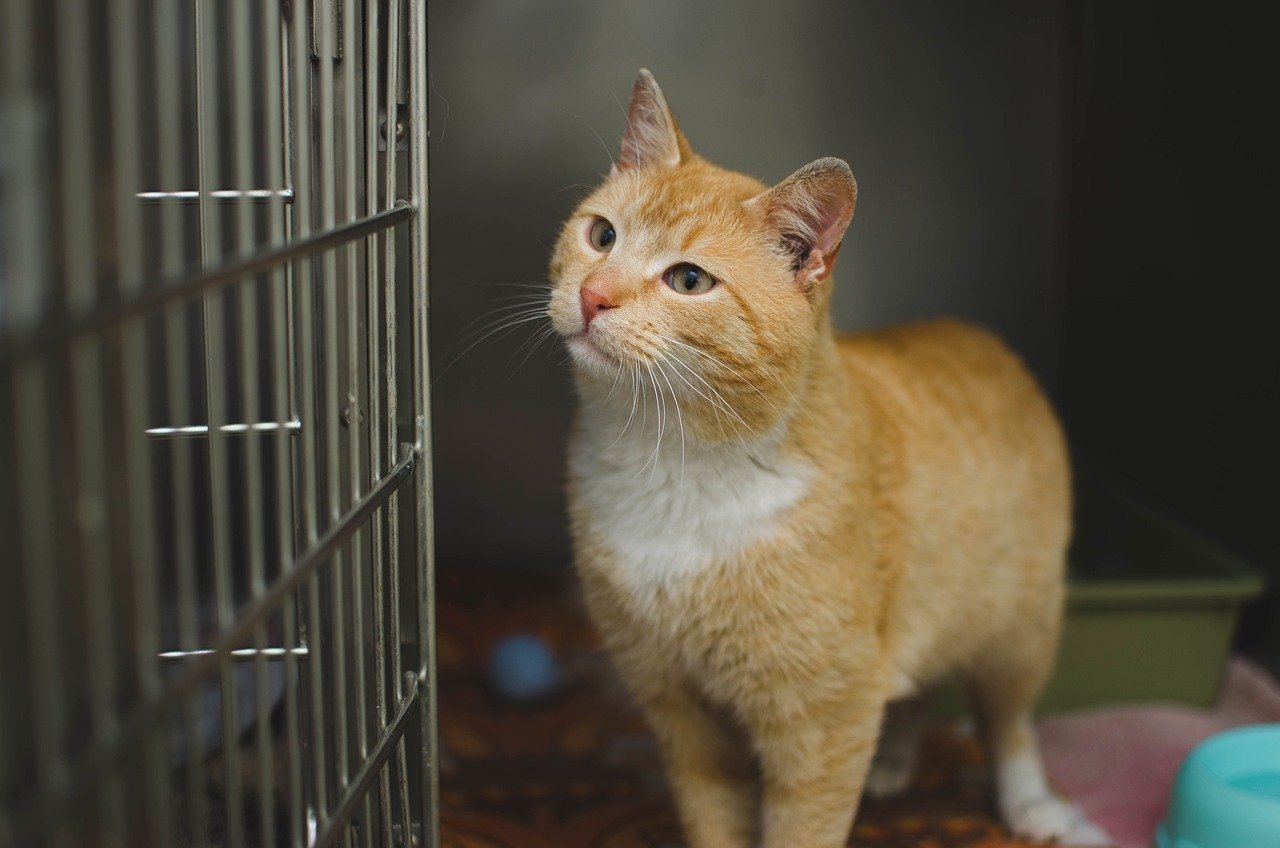
If stress-related behaviors persist, consulting a veterinarian is important. They can help identify potential medical issues and provide guidance on managing stress. In some cases, medication or behavioral therapy may be recommended. A veterinarian can also offer advice on environmental modifications and enrichment activities. Regular check-ups can help ensure your cat’s overall health and well-being.
Bonding and Interaction: Strengthening Your Relationship

Spending quality time with your cat can help reduce stress and strengthen your bond. Regular playtime, gentle grooming, and positive reinforcement can promote feelings of security. Understanding your cat’s preferences and respecting their boundaries is key. Providing a safe and loving environment can help your cat feel more comfortable and reduce stress-related behaviors.
Conclusion
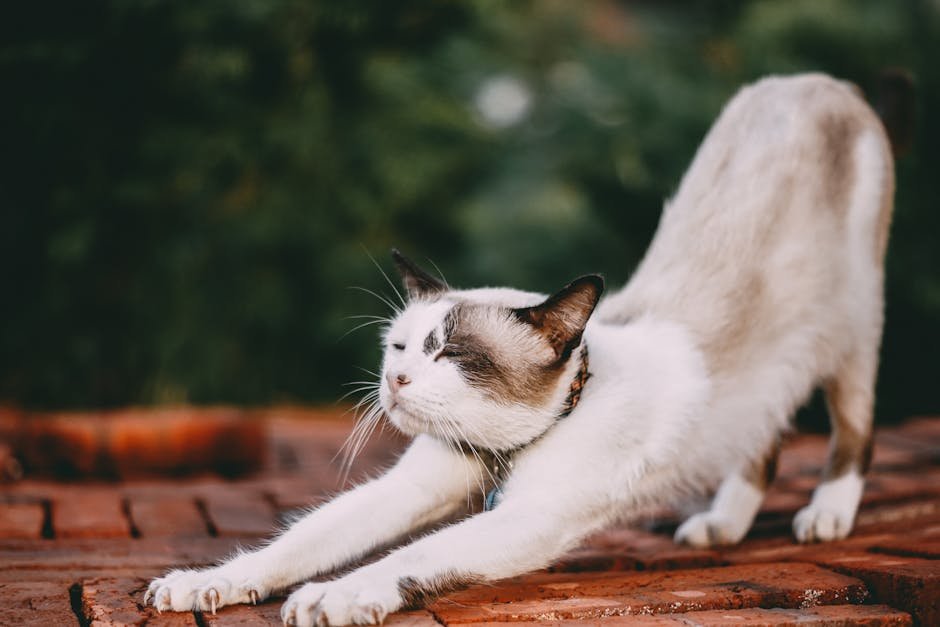
Understanding and addressing stress in cats is essential for their overall well-being. By recognizing the signs of stress and implementing strategies to alleviate it, you can help ensure your feline friend remains happy and healthy. Creating a supportive environment, providing enrichment, and seeking professional guidance when needed can make a significant difference in your cat’s life.
Hi, I’m Bola, a passionate writer and creative strategist with a knack for crafting compelling content that educates, inspires, and connects. Over the years, I’ve honed my skills across various writing fields, including content creation, copywriting, online course development, and video scriptwriting.
When I’m not at my desk, you’ll find me exploring new ideas, reading books, or brainstorming creative ways to solve challenges. I believe that words have the power to transform, and I’m here to help you leverage that power for success.
Thanks for stopping by, Keep coming to this website to checkout new articles form me. You’d always love it!






